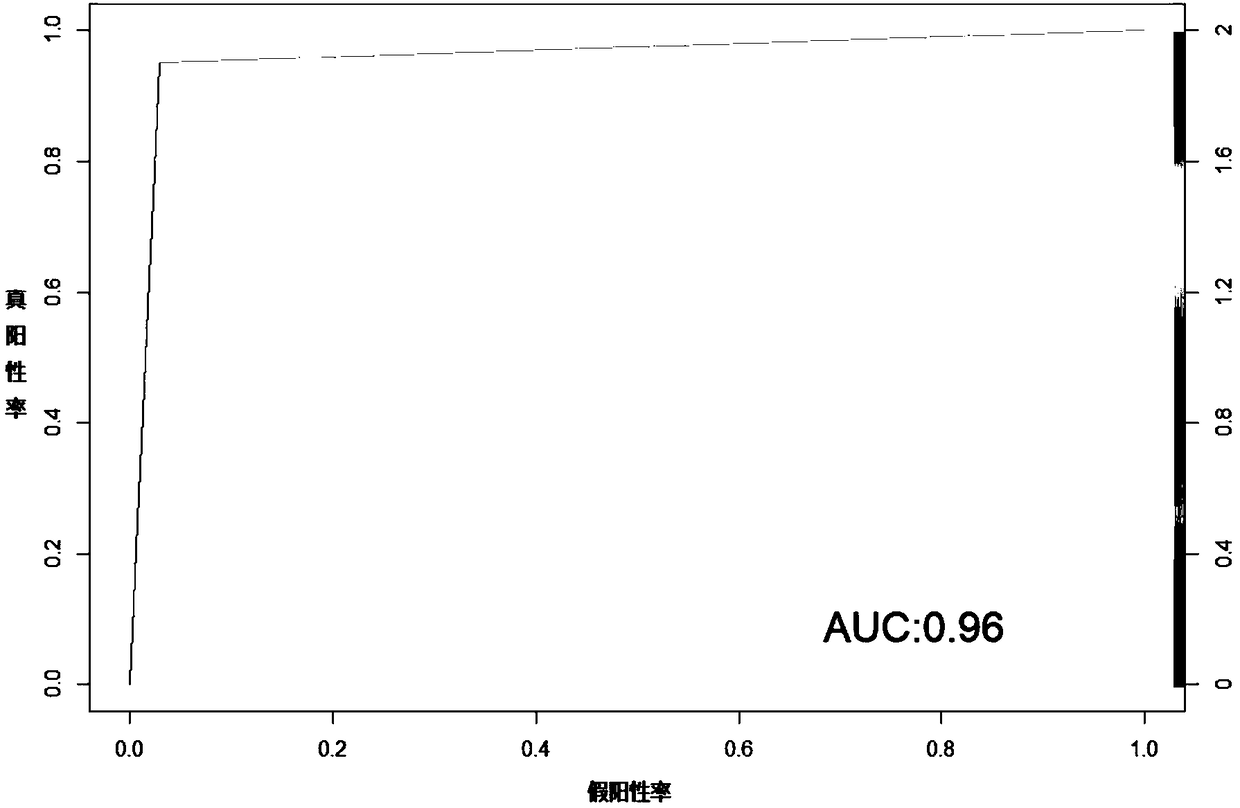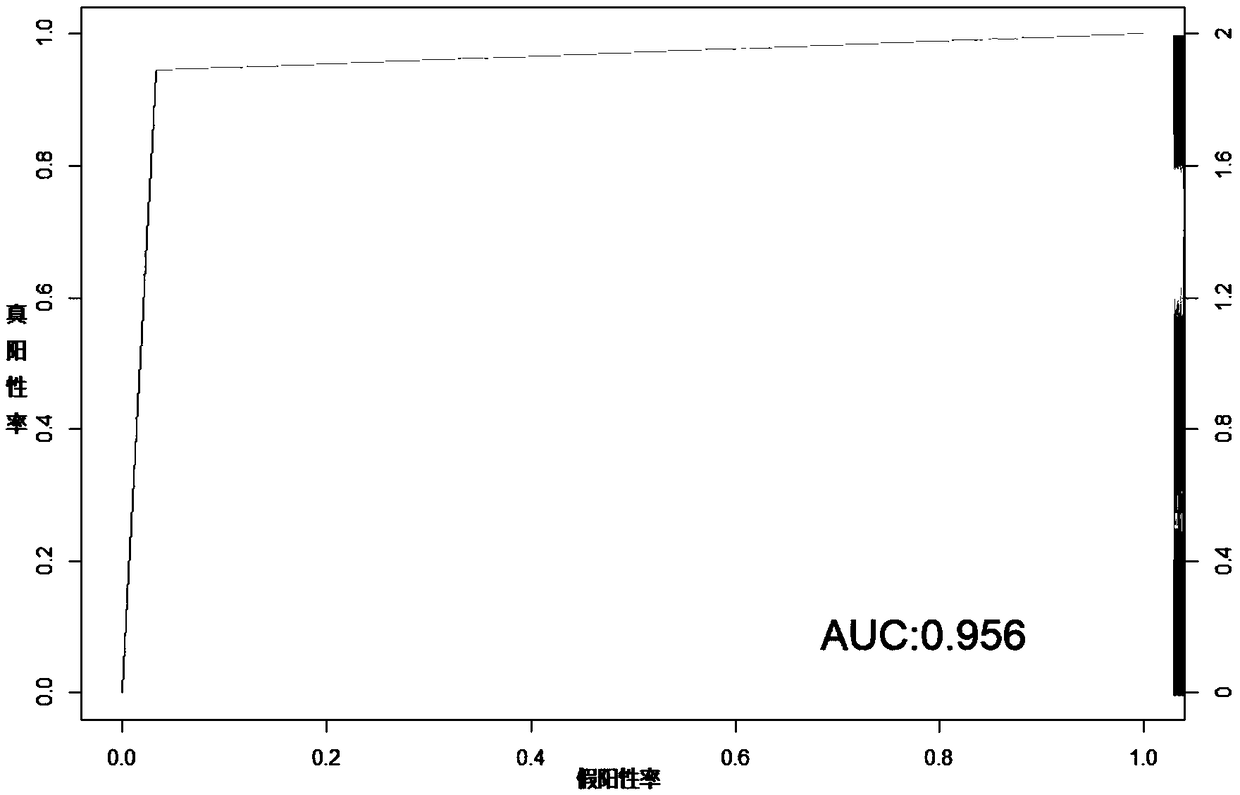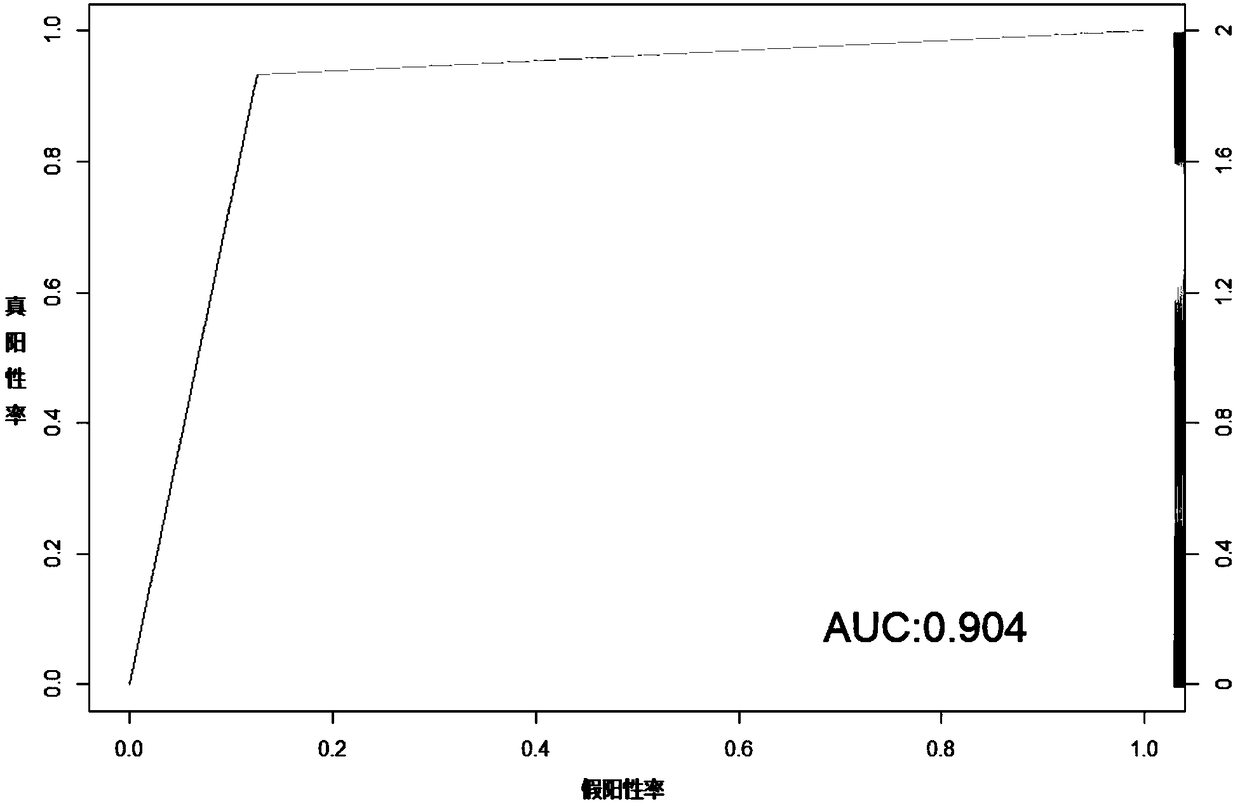Multiple myeloma molecular subtype and application
A technology for multiple myeloma and tumor patients, applied in special data processing applications, biochemical equipment and methods, instruments, etc., can solve the problem of multiple myeloma etiological associations that have not been elucidated, cannot predict drug treatment response, and cannot be used for plasma cells. developmental process-related issues
- Summary
- Abstract
- Description
- Claims
- Application Information
AI Technical Summary
Problems solved by technology
Method used
Image
Examples
Embodiment 1
[0067] Example 1. Screening of molecular diagnostic markers for multiple myeloma and implementation of molecular typing
[0068] Using the multiple myeloma expression data set GSE2658 provided by the NCBI GEO public database, through Pearson correlation analysis, 87 genes co-expressed with MCL1 were obtained. -M gene enriched in multiple myeloma samples. For more stable molecular typing, 36 of the 133 genes with low classification efficiency were further screened, and finally 97 classified genes with stable differential expression and relatively high abundance were retained.
[0069] The names of the 97 genes are as follows:
[0070] ACBD3, ADAR, ADSS, ALDH2, ANP32E, ANXA2, ATF3, ATP8B2, CACYBP, CAPN2, CCND1, CCT3, CDC42SE1, CERS2, CHSY3, CLIC1, CLMN, COPA, CSNK1G3, DAP3, DENND1B, ENSA, EPRS, EPSTI1, EVL, FAM13A, FAM49A, FLAD1, FRZB, GLRX2, HAX1, HDGF, HLA-A, HLA-B, HLA-C, HLA-F, HLA-G, IL6R, ISG20L2, JTB, KLF2, LAMTOR2, LDHA, MCL1, MOXD1, MRPL24, MRPL9, MVP, MYL6, NDUFS2, ...
Embodiment 2
[0088] Example 2. Application of Bayesian classifier of multiple myeloma in predicting patient prognosis and survival rate
[0089] 1. Database GSE2658
[0090] According to the expression data of 97 classified genes in 551 multiple myeloma patient samples (detected before treatment) in the GSE2658 database, the 551 samples were classified by the Bayesian classifier of multiple myeloma obtained in Example 1, and 249 Cases of MCL1-M-High subtype multiple myeloma and 302 MCL1-M-Low subtype multiple myeloma.
[0091] 551 sample patients were followed up for 72 months after treatment. According to the follow-up results, survival analysis (K-M analysis and cox regression analysis) was performed. The results are as follows Figure 4 As shown, it can be seen that the two multiple myeloma subtypes, MCL1-M-High and MCL1-M-Low, have significantly different prognosis, and the overall survival rate of the MCL1-M-High subtype is higher than that of the MCL1-M-Low subtype. type was lower ...
Embodiment 3
[0100] Example 3. Molecular diagnostic markers and typing of multiple myeloma in predicting whether the patient to be tested can be treated with bortezomib
[0101] The GSE19784 multiple myeloma expression dataset was obtained from a clinical trial of a phase III drug (HOVON-65 / GMMG-HD4), with the patient's drug regimen. The trial randomly divided patients into two groups to receive VAD (155 cases) and PAD (148 cases) two drug combinations, the difference between the two is that the PAD regimen has more bortezomib (trade name: Velcade). The gene expression data of the enrolled patients were collected before treatment.
[0102] The patients were stratified according to the above-mentioned MCL1-M molecular classification, and then were divided into two subgroups, MCL1-M-High (51 PAD, VAD 56) and MCL1-M-Low (PAD 104, VAD 92). The patients were divided into groups according to the drug treatment plan and the survival analysis (K-M analysis and cox regression analysis) was carried...
PUM
 Login to View More
Login to View More Abstract
Description
Claims
Application Information
 Login to View More
Login to View More - R&D
- Intellectual Property
- Life Sciences
- Materials
- Tech Scout
- Unparalleled Data Quality
- Higher Quality Content
- 60% Fewer Hallucinations
Browse by: Latest US Patents, China's latest patents, Technical Efficacy Thesaurus, Application Domain, Technology Topic, Popular Technical Reports.
© 2025 PatSnap. All rights reserved.Legal|Privacy policy|Modern Slavery Act Transparency Statement|Sitemap|About US| Contact US: help@patsnap.com



